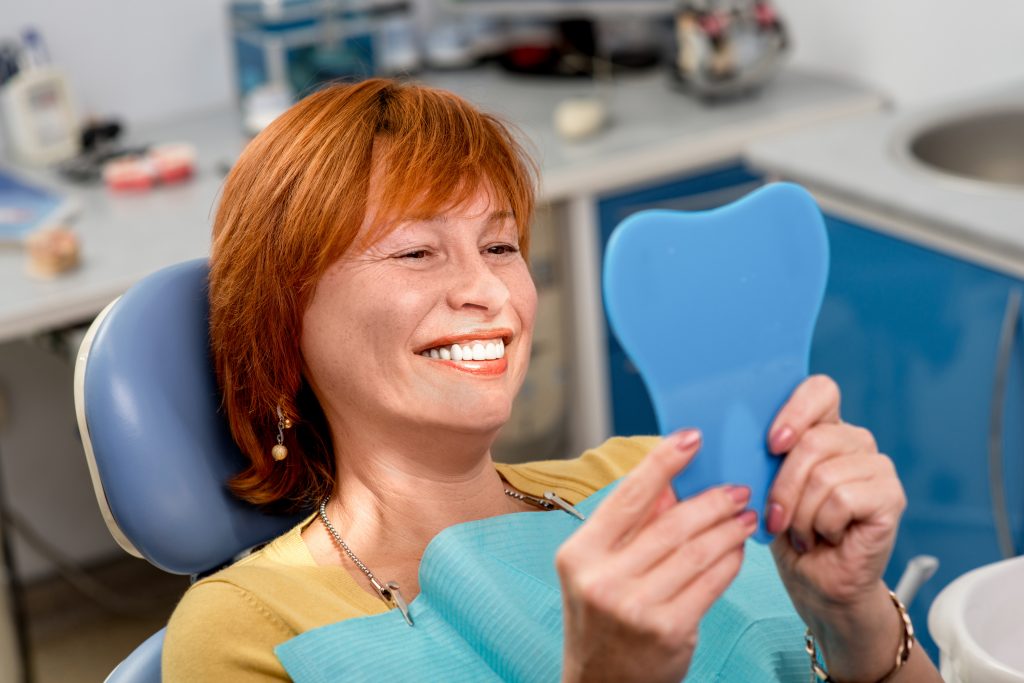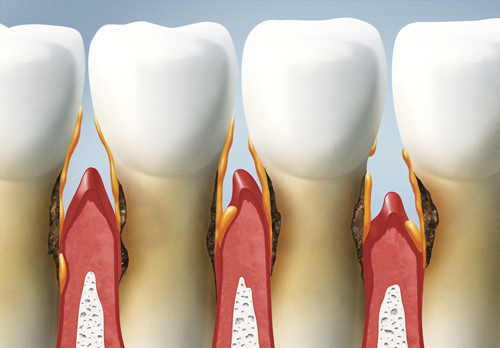
Dental appointments are a cause of stress for many people. So much so, many of us dodge our regular checkups – a habit that only leads to more painful dental visits. But when your dental visit turns into a root canal, it’s time to rethink your dental habits.
But what exactly is a root canal in the first place and why does it hurt so much? Well, a root canal in your tooth can become infected due to a cavity or fracture that allows in bacteria. When a root canal becomes infected, it can die. At this point, you will begin to feel pain and pressure in and around the infected tooth. This is generally your first sign and when you become irritated by the sudden pain growing inside your mouth and you make that appointment. Without treatment, the infection spreads and could lead to tooth loss.
When you get treatment, expect the following steps: When the damaged pulp in the root canal of the tooth is cleaned out of all the diseased pulp and the canal is reshaped. Next, the canal is filled with material to prevent re-contamination of the tooth. Lastly, the tooth is permanently sealed with a post or crown to prevent issues from reoccurring.
We should maintain good dental hygiene practices in order to keep our mouths healthy, and this includes visiting the dentist regularly. But if things happen, you can rest assured that a root canal is a relatively simple procedure with little or no discomfort, involving one to three visits. Best of all, it can save your tooth and your smile.
If you would like to find out more about root canals, contact Dr. Gamarnik at 714-842-5626 to schedule a consultation or visit www.hbadvanceddentalspecialists.com for additional information.
Dr. Rudy Gamarnik proudly serves Huntington Beach and all surrounding areas.







